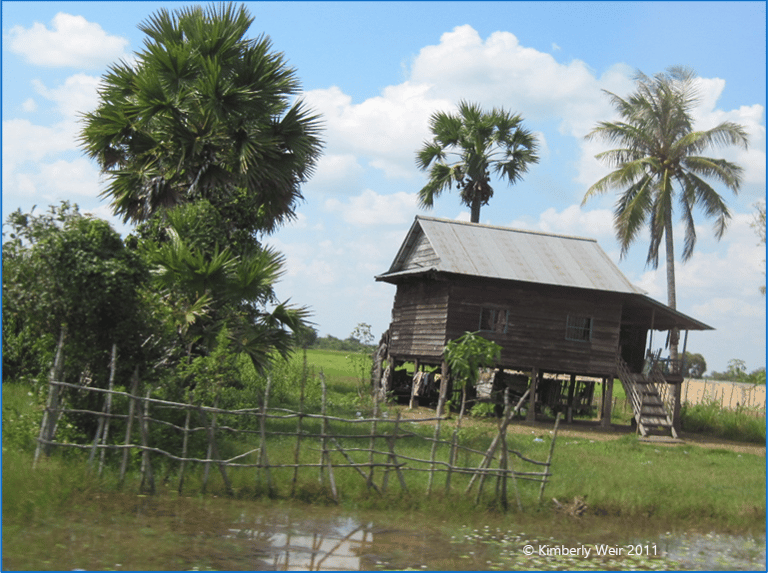Weathering Insurance Premiums
Extreme weather is causing extreme problems for homeowners as insurance companies hike up prices or even bail, refusing to renew policies. Governments end up picking up the pieces, but at what cost?
Episode 12
6/27/2024


Hurricane Beryl just battered its way through the Caribbean, the most powerful recorded in the Atlantic this early in the season. Extreme weather caused by climate change is worsening, evidenced by stronger and more frequent natural disasters. From thunderstorms to typhoons, dust storms to wildfires, insurance premiums for homes and businesses in high-risk areas are skyrocketing. In some cases, the government's ‘insurer of last resort’ option is the only policy available to homeowners as insurance companies refuse to renew policies. Yet some of the most high-risk locations are the very same that attract people, demonstrated by burgeoning population growth in Florida and Texas. Michael and Kimberly consider the implications of the damage done by storms and where responsibility lies.
Key Topics
Why the most attractive places are more expensive than housing prices let on
What happens when insurance companies refuse to grant policies
What prompted the National Flood Insurance Program to devise Risk Rating 2.0
How often governments should provide relief for people living in high-risk areas
The double-whammy of living in wildfire zones: forest fires and flooding
Whether technology can mitigate the effects of climate change soon enough
Follow up on Friday with Kimberly’s Substack post on extreme weather on extreme weather
Recommended Resources
NOAA’s Hurricane Fast Facts
NOAA’s map for 2024
For dataheads (like Michael) lots of insurance-weather numbers
For a good summary of weather-related insurance issues
For mapheads (like Kimberly) who need to know why the cities ranked as they did, note that the insurance cost list on the map isn’t exclusively due to weather-related coverage- it’s also due to auto insurance rates, as evidenced by Detroit (3) (highest rates in the U.S.), Tulsa (4), and Kansas City, KS (8), which, forgivably, might mistakenly be thought the result of tornados.

